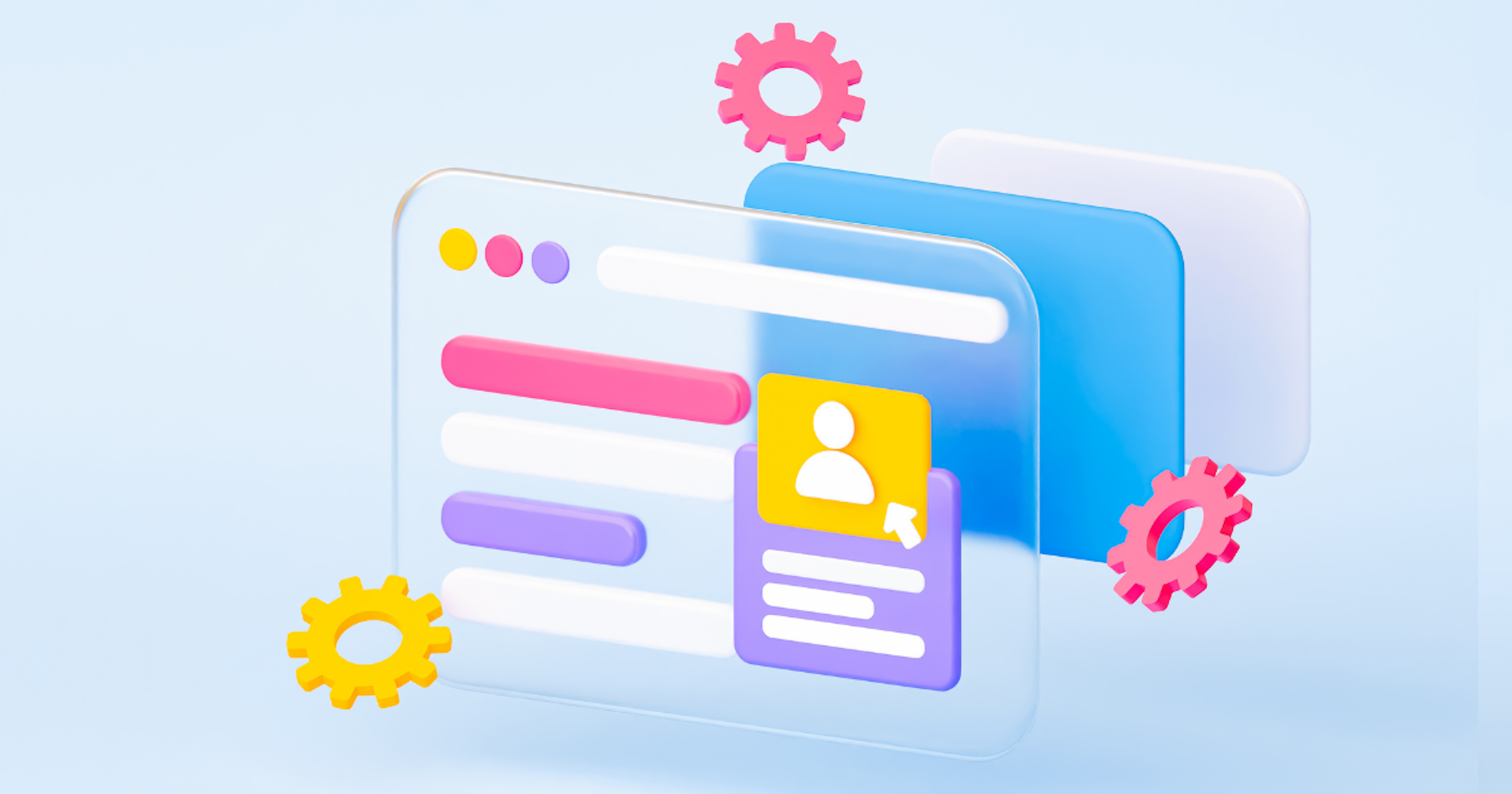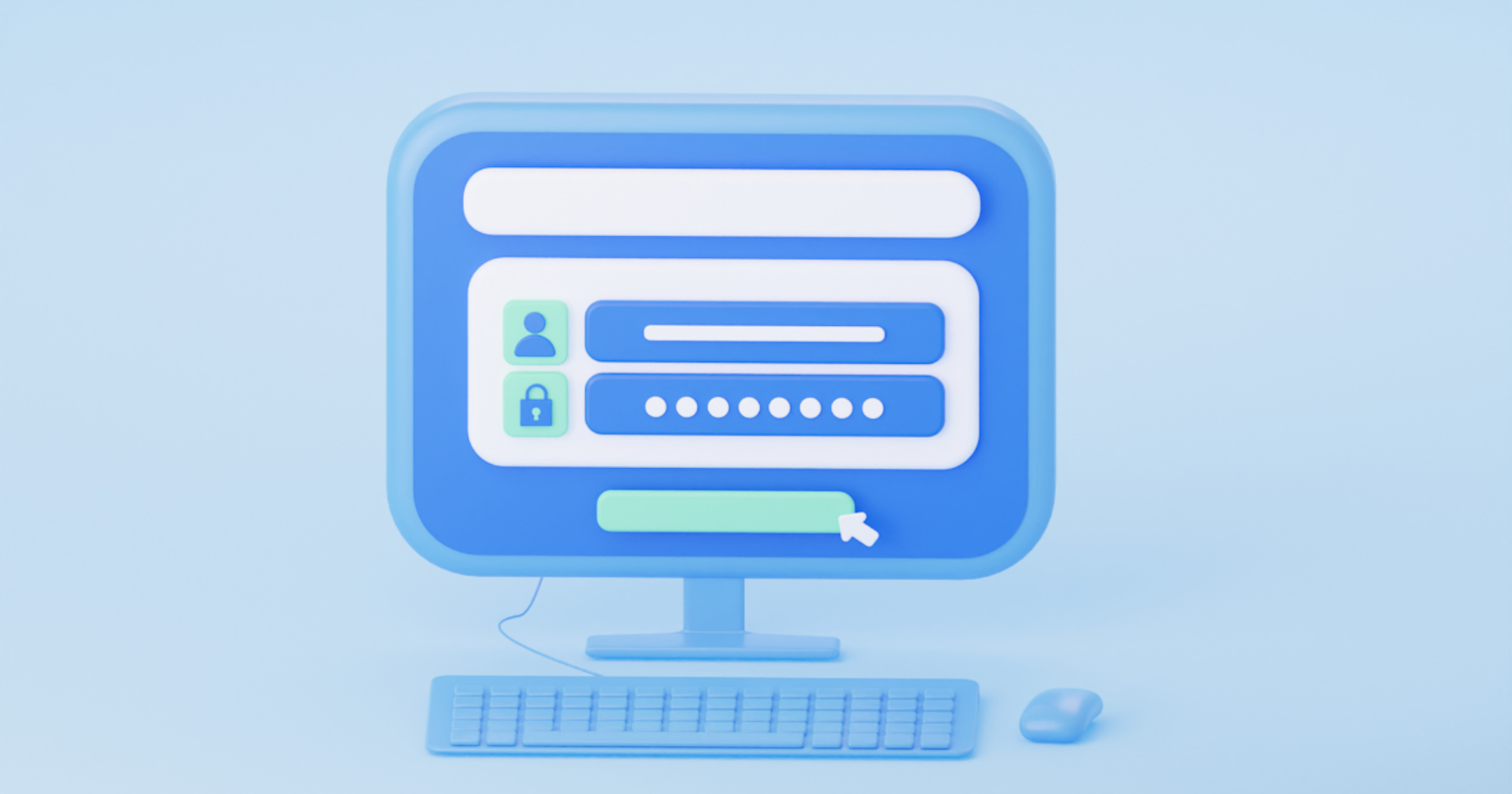Whether you’re trying to increase conversions, boost engagement or simply want to create a stronger connection with your audience, website personalisation is a powerful strategy that can help you stand out.
In this blog, we will explore 8 ways to add personalisation into your web design so you can start delivering experiences your users won’t forget from the moment they land.
Why personalisation matters in web design
Website personalisation is the process of tailoring web pages and campaigns to user preferences, behaviour and characteristics. This is based on data collected about them in real-time and over time.
Personalisation in web design is a vital part of your marketing strategy, combining tools to reach your consumer in the best way possible.
When done well, personalisation can:
- Increase conversions by guiding users toward the actions they are most likely to take.
- Enhance product discovery by helping users find exactly what they need faster.
- Reduce decision fatigue by creating a smoother and more enjoyable user journey.
Ultimately, it is about making each interaction feel intuitive and relevant. This will improve the overall experience and strengthen your brand connection.

Ways to add personalisation into web design
Now you know why personalisation is crucial in web design, here are some ideas:
1. Personalised welcome messages
Start the user journey on a warm, friendly note. Displaying a personalised welcome message for returning visitors can make users feel seen and valued.
This kind of micro-personalisation adds a human touch that fosters brand loyalty.
Personalised welcome message examples:
- Welcome back Alice, rate your last purchase of product X.
- Good morning Alice, we have a new resource we think you’ll love right here.
- Thanks for signing up Alice, we hope you enjoyed our latest email on the future of Google Ads.
2. Behaviour-based product or content recommendations
One of the most powerful uses of personalisation is recommending content, products or services based on user activity.
Product or content recommendation could include adding:
- A ‘Recommended for you’ carousel on a homepage.
- Articles suggested based on previously read blog posts.
- Product suggestions based on browsing or purchase history.
This helps users discover more of what they like, which leads to longer sessions and higher conversions.
3. Smart pop-ups and overlays
Pop-ups can be helpful rather than intrusive when they are relevant to what the user is viewing. Smart pop-ups are triggered by user behaviour, such as scrolling, time spent on the page or exit intent.
Smart pop-ups that encourage action include:
- Discount offers for first-time visitors.
- Exit intent overlays with a reminder of items in the cart.
- Newsletter sign-up prompts based on the content they are viewing.

4. Personalised search results
Search bars are often overlooked but they are in prime position for personalisation. By adjusting search suggestions and results to align with user preferences or past actions, you improve navigation and reduce bounce rates.
You can personalise search results by:
- Prioritising search results for categories they have previously explored.
- Offering predictive text that matches their browsing history.
- Use AI features to refine and rank your results based on previous user interaction.
This makes it quicker and easier for users to find what they want and leads to a better overall experience.
5. Dynamic calls to action (CTAs)
Not all users are at the same point in their journey. Dynamic CTAs change based on where the user is in the journey, whether they are a first-time visitor or a returning customer.
Personalised CTAs guide users more effectively and increase conversion rates.
You can try dynamic CTAs like:
- ‘Now download our brochure’ after first subscribe or page view.
- ‘If you liked this article, try reading Y to explore X topic more’ after an initial blog read.
- ‘View our Hampshire studio’ if geo location of user is within the county.
6. User profiles and dashboards
Allowing users to create an account and customise their experience takes personalisation to the next level.
Benefits of user generated dashboards include:
- Saving preferences, purchase history or content they have liked.
- Offering personalised dashboards with loyalty points, curated suggestions or exclusive offers.
- Building long-term engagement and brand loyalty.
User profiles are powerful tools for personalisation, retention and engagement. They help build trust, loyalty and a sense of community around your brand.

7. Location-based personalisation
Geographic personalisation is a simple yet powerful way to add a personal touch to your web design. Use geographic data to tailor content, promotions or shipping details based on the user’s location.
Content and offers can be personalised based on the information such as country, region or city. This adds instant relevance without requiring any action from the user.
Location-based personalisation includes:
- Updating hero imagery to make it location specific for increased engagement.
- Update CTAs and messaging to make them specific to the user’s location.
- Highlighting case studies close to user’s location.
8. Personalised email or retargeting integration
Combine web personalisation with your email marketing strategy. Trigger personalised follow-ups based on website activity to keep users engaged even after they leave your site.
These personalised emails could include:
- Cart abandonment emails with images of the items they left behind.
- Retargeting ads featuring recently viewed or similar products.
- Follow-up emails with related blog posts or downloadable content.
These touchpoints extend the personalised experience beyond your site and keep your brand in the consumer’s mind.
Elevate your website with smart personalisation
Website personalisation is now an expectation. By incorporating thesepersonalisation techniques into your web design, you can create a more relevant, intuitive and enjoyable experience for your users.
The result? Higher engagement, increased conversions and a brand experience your audience won’t forget.
At Bigger Picture, our website design team in Hampshire is always on hand to captivate audiences, inspire action and leave a lasting impression. Adding personalisation into web design is at the core of how we create meaningful digital experiences.
Ready to personalise your website? Get in touch with us today.
